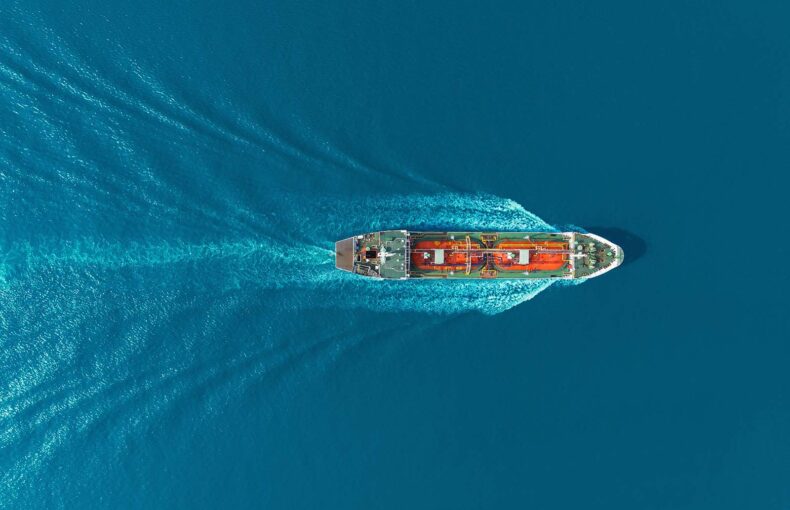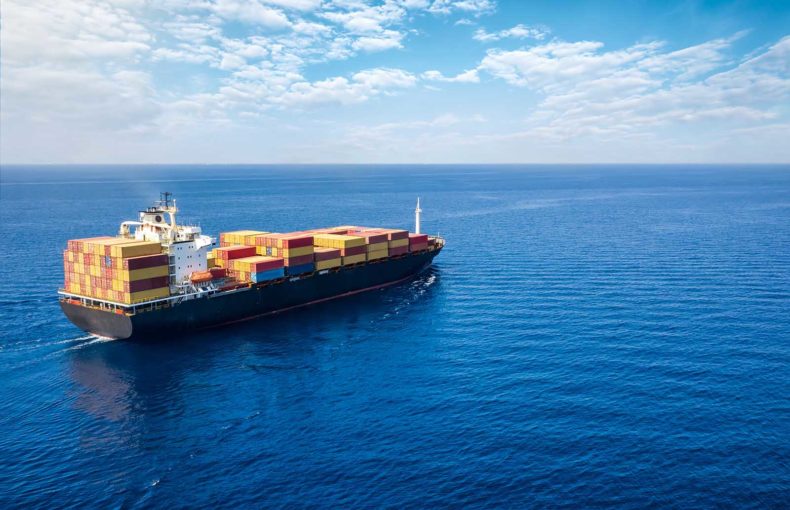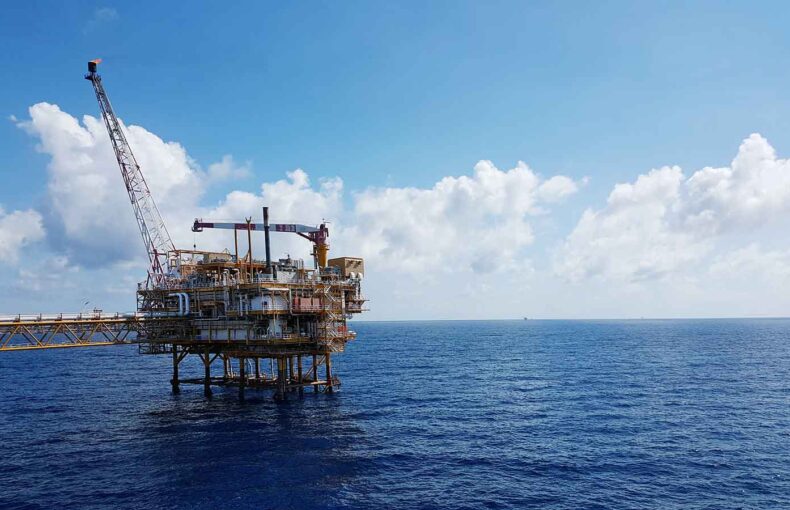AIS ship tracking reveal: Qatar helping EU survive Russian gas sanctions
The Russian invasion of Ukraine has upended not only the diplomatic status quo in Europe but it is having myriad knock-on effects that span continents and economic sectors.
The disruption in grain and other shipments from both countries is already spreading fear about not just increased commodity prices but the political implications of food shortages similar to those that sparked the Arab Spring over a decade ago. The energy sector in Europe is also under severe pressure to find new suppliers to replace Russian products.
There are many moving parts at play.
LNG tankers have been leaving Qatar at an increasing pace since late February as Europe scrambles to quickly wean itself from Russian suppliers
One development that is a little more under the table is that Europe is beginning to bolster its supply of liquefied natural gas (LNG). As Spire’s automatic identification system (AIS) data reveals, shipments from Qatar’s Ras Laffan port have begun to tick up since sanctions were announced.
Real-time and historical AIS data are one tool to track what’s happening in the international supply chain. Every large transport ship plying international waters, including LNG tankers, has a transponder that pings Spire’s satellite constellation with information about course, vessel identification, and related data.
As can be seen in the chart below, LNG tankers have been leaving Qatar at an increasing pace since late February as Europe scrambles to quickly wean itself from Russian suppliers. Looking at LNG tankers leaving the port by month, you can see a slow decline in 2022 until March when sanctions were announced. So from the low of 192 in February to the high in April of 288, we are seeing a 50% increase.
Qatar Was Ready to Step Up to the Plate
This is a sudden, though not accidental, development.
In January, as it openly shared intelligence about the impending Russian invasion, the Biden administration was approaching Qatar about stepping in and helping Europe weather the approaching storm. This effort was not subtle and included the Amir of Qatar Sheikh Tamim Bin Hamad Al-Thani visiting the White House on January 31.
The entire situation has played into Qatar’s hands, as it was already embarking on expanding its position as the world’s largest exporter of LNG.
“In 2019, Qatar announced plans to increase its LNG exports 64% by 2027. This month, the country’s largest state-owned petroleum company struck a deal for a major expansion of its North Field reserve, one of the world’s largest natural gas deposits (…). The expansion will let Qatar ramp up its LNG production capacity to 110 million tons a year, up from 77 million in 2021.”
“This tiny country is making big money from Europe’s desperate search for natural gas to replace Russian imports” (April 2022)
While the United States is also expanding shipments to Europe, and Canada would like to but currently lacks the export infrastructure to do so, it’s clear that Qatar is well-positioned to become Europe’s go-to LNG supplier in not just the short-term.
The port of Ras Laffan
The gateway for this expansion is the largest LNG port in the world, a facility that is just one aspect of the Ras Laffan Industrial City. Expanding from the desert since 1990, it is now a massive complex that is the hub of Qatar’s petroleum sector.
Located about 70 kilometers north of Doha and covering over 100 square kilometers, the port is slated to continue expanding this decade in one of the largest ongoing port projects in the world that carries a price tag of $2 billion.
Where Are Those LNG Tankers Going?
The importance of LNG to the European economy is hard to overestimate. About 25% of the EU’s energy comes from natural gas and, since LNG emits the least carbon dioxide when compared to other fossil fuels, its use has been growing in Europe and 2021 saw the highest-ever level of LNG imports to Europe. But over 40% of that was from Russia.
“In 2021, 13 EU countries imported a total of 80 billion cubic metres of LNG, and LNG imports made up 20 percent of total extra-EU gas imports in 2021. The bulk of natural gas is imported via pipeline, mostly from Russia and Norway,” according to a factsheet from Clean Energy Wire. “Around 10 percent of the EU’s gas needs are currently met by domestic production and the share is set to decrease over the coming years. The biggest LNG importers in the EU were Spain (21.3 bcm), France (18.3 bcm), Italy (9.3 bcm), the Netherlands (8.7 bcm) and Belgium (6.5 bcm).”
Vincent Longano, one of Spire’s Maritime sales engineers analyzed where the LNG shipments were heading and created this time-lapse video:
The above video of tanker traffic in March and April shows that there is now regular traffic to Poland, the Netherlands, and the United Kingdom from Qatar that is moving up the east coast of Italy. This is evidence of the shift in LNG supply for Europe as the supply from Russia is curtailed and Qatar steps into the breach.
 Written by
Written by


